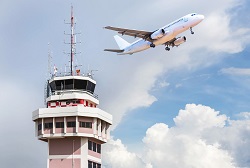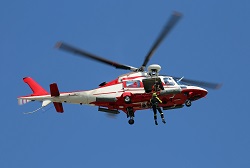Research paves the way for a single European sky
By 2020 the global air traffic is expected to double, resulting in increasing congestion in the air as well as on the ground, and new requirements for a reliable air-to-ground communication link. With the support of the European Commission, information technology service providers and aerospace companies, through the Aspasia project, have examined the applicability of new satellite communications technologies. While aircraft satellite communications have been used for many years, they have mostly addressed non-safety-critical communications such as passenger telephone calls and internet connectivity. However, today more than ever before, the implementation of a single European sky is recognised as the only solution to eliminate gridlocks in the air and on the ground. In this context, satellite solutions can play a key role, thanks to their capability to enable universal access to a common flight information system. The Aspasia partners went one step further. It seemed of interest to demonstrate the possibility of combining advanced satellite communications technologies with air traffic control (ATC) systems, such as approach management (AMAN) and airborne separation assistance systems (ASAS). These technologies can offer safety and efficiency often at a much lower cost than a potential investment in new or replacement infrastructure. Their benefits can be exploited when satellites provide the only means of communication - for example in oceanic airspace - but also over the European continent where one can choose between ground and satellite communication links. During the course of the Aspasia, a dedicated simulation platform was therefore developed to assess the benefits and estimate the cost of satellite communications technologies. A real satellite communication system was also used to complement a simulation environment. It was envisaged that in the future these technologies will offer point-to-point navigation as well as higher quality voice and data communication for the needs of ATC. The European Commission has already set targets for satellite communications technologies. ATC must be 50\;% less expensive than current services, and it must be able to handle a threefold increase in the volume of information exchanged. When combined with navigation systems like the European Union's Galileo, satellite communications will even contribute to optimising the aircraft trajectories.







